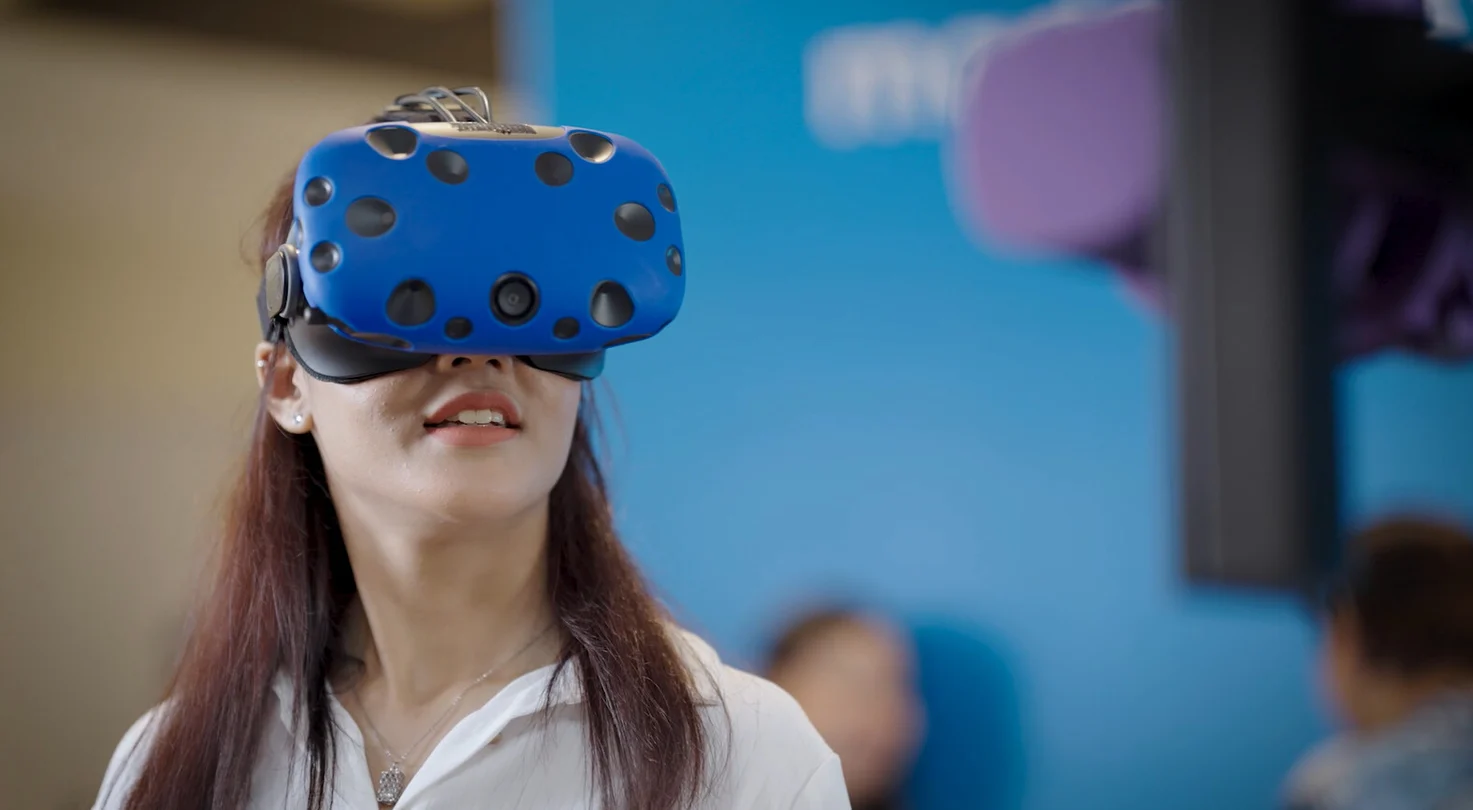Digital Nasional Berhad (DNB) and Ericsson have successfully trialed what is known in the industry as a Multi-band Booster solution, which combines the best characteristics of the traditional microwave (6-42 GHz) and E-band (70/80 GHz) band frequencies to boost the capacity, reach and coverage of the 5G network.
The Multi-band Booster solution combines the high availability of the lower frequency microwave bands with the high capacity of the E-band, which then can be used over much longer distances and wider geographical areas; significantly extending reach and boosting the overall network capacity.
The combination of the high data throughput, low latency coverage, reliability and simplified outdoor deployment enabled by the Multi-band Booster solution make it suitable for applications like fixed wireless access and requirements introduced by 5G Advanced.
It will also enhance the amount of data that can be transmitted between cell towers and Mobile Network Operator cores (the backhaul connectivity) in the network.
The solution allows 5G and 5G Advanced services to be introduced faster for the benefit of consumers, in rural and underserved communities. For enterprise users, the solution can be used to connect different sites within enterprise networks with high capacity and minimum indoor footprint, without having to wait for fiber to be available, which will expedite their digitalization journey.
The fully outdoor solution also does away with the need for a room or cooling requirements, which makes it greener and energy sustainable.
It allows the E-band (using Ericsson’s MINI-LINK 6352) to be combined with traditional microwave bands (using Ericsson’s MINI-LINK 6365 + MINI-LINK 6371) to leverage the strengths of both frequency ranges. This combination will extend the reach and capacity of microwave links and significantly improve the use of spectrum. The reach of E-band is extended up to two times while the capacity of the traditional band is enhanced by five times.
